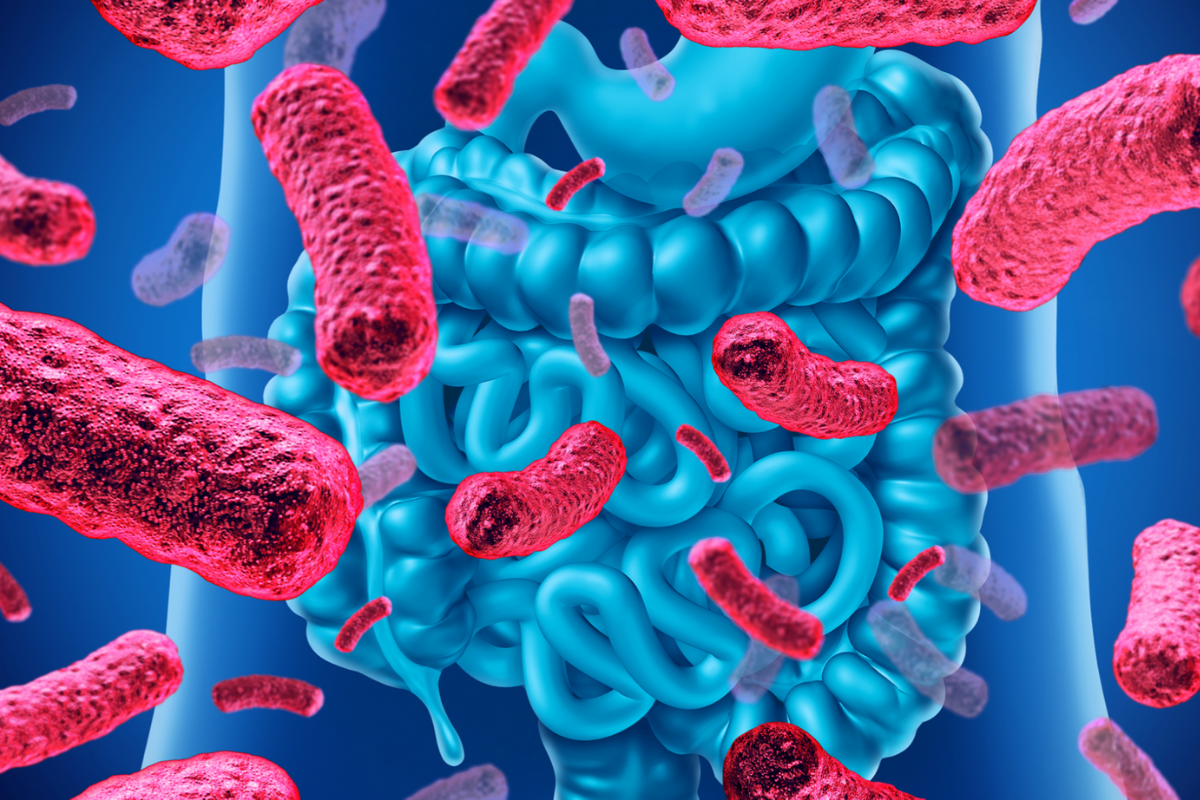

· By Darian Mcdaniel
Probiotics- It’s a Vibe!
What are Probiotics?
Probiotics are live bacteria and yeasts that are actually good for us. Our gut, or digestive system can see the greatest benefit of these friendly germs. We commonly think of these micro-organisms as the cause of diseases, however our bodies are filled with them. Some are good, others harmful. Probiotics are frequently called “good” or “helpful” bacteria because they assist in keeping our tummies healthy.
How do Probiotics work?
Imagine our GI tracts are like our personal space, and we are usually trying to maintain good vibes and feelings in our space because that can set the mood and influence how we feel. Keeping a positive balance is a goal for most people, while getting rid of bad or negative energy around them, and increasing the good. If we pretend energy or ‘vibes’ are like bacteria, probiotics are the “good energy” or bacteria, that can help keep us balanced by neutralizing the bad bacteria. We can lose good bacteria after taking antibiotics (by killing both good and bad bacteria), or a diet that is high in processed ingredients with poor nutritional value. Probiotics can help build up our good bacteria to help set the “mood” so that our bellies can maintain good healthy vibes. What most people do not realize is that the majority of our immune system is manipulated with the health of our gut, and the lining of our stomach and intestines is nurtured with good bacteria. The healthier and more robust our gut lining is the stronger our immune system, and the better we can absorb nutrients from our food.
Common Types of Probiotics
Probiotics are often classified into two main groups.
Lactobacillus
This is the most common probiotic. We can often find it in yogurt and other fermented foods. Various strains can help with indigestion, and bloating. It has also shown to be beneficial to help people who cannot digest lactose, which is the sugar in milk.
Bifidobacterium
It may help relieve the symptoms of irritable bowel syndrome and aid in digestive regularity.
Probiotics have also been shown to be useful in other parts of the body. Skin conditions such as eczema, urinary and vaginal health, oral health, and management of allergies and colds are just a few.
Probiotics are often classified into two main groups.
Lactobacillus
This is the most common probiotic. We can often find it in yogurt and other fermented foods. Various strains can help with indigestion, and bloating. It has also shown to be beneficial to help people who cannot digest lactose, which is the sugar in milk.
Bifidobacterium
It may help relieve the symptoms of irritable bowel syndrome and aid in digestive regularity.
Probiotics have also been shown to be useful in other parts of the body. Skin conditions such as eczema, urinary and vaginal health, oral health, and management of allergies and colds are just a few.
Are Probiotics Safe?
Generally speaking, probiotics in food and supplements are safe for the majority of people. You should consult with your physician if you have a weakened immune system or severe allergies. The average person can see regular benefit by taking 5-10 billion units of probiotic daily. Some take up to 30-50 billion units to keep themselves on track. Usually starting low at 5-10 billion units and going up over time is a safe way to see what is best for your body. There is a decreased chance of getting an upset with probiotics if there are taken after a meal.
So, if you are looking to reset the vibe in your gut and restore that healthy energy and mood balance, probiotics may be a good addition to your regular health maintenance routine.
We have an excellent probiotic called "Gut Reaction" with the safe recommended dose of key strains of Lactobacillus and Bifidobacterium 5.75 billion per capsule. This allows you to take 1 or more depending on the level you want.
